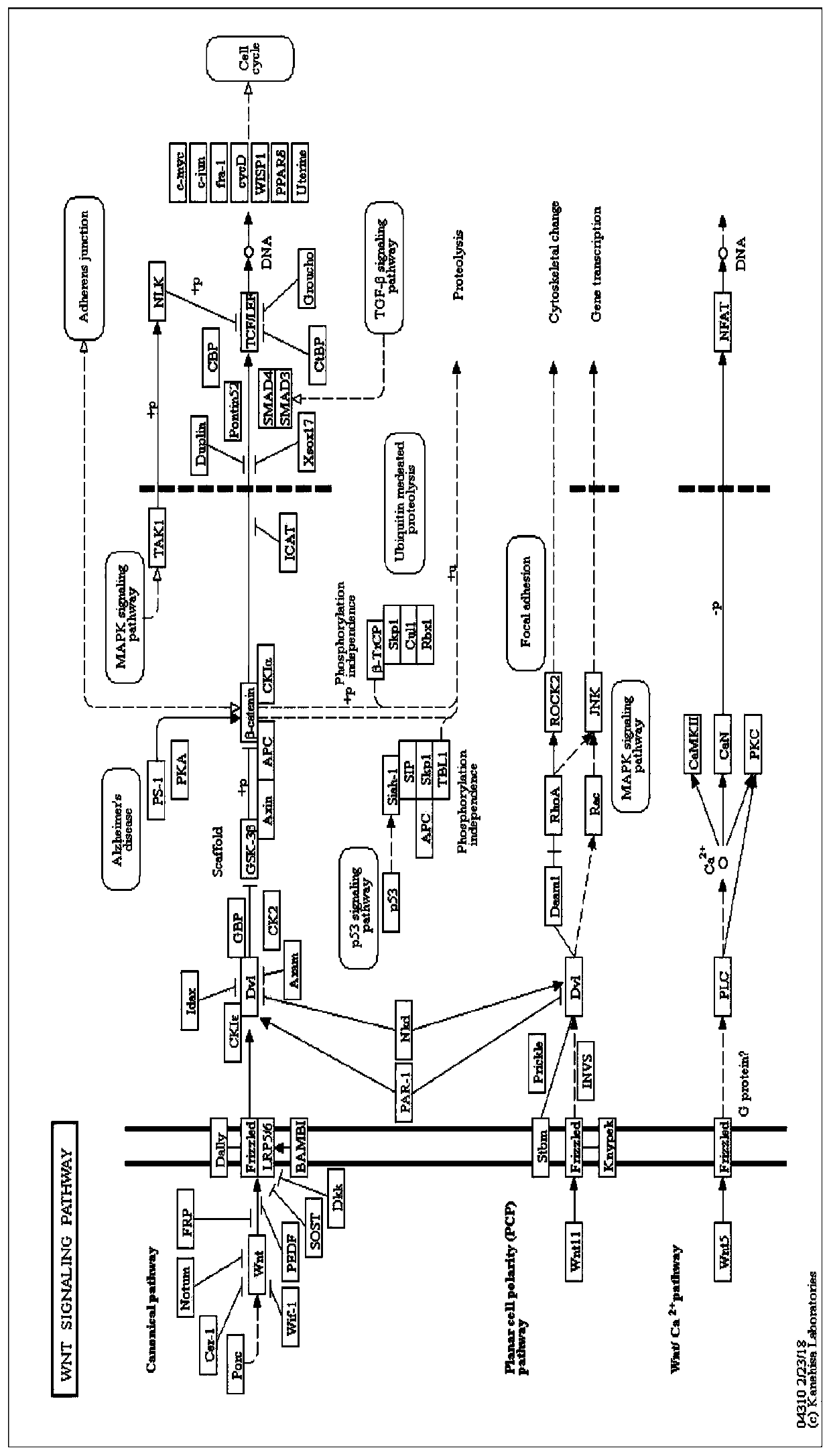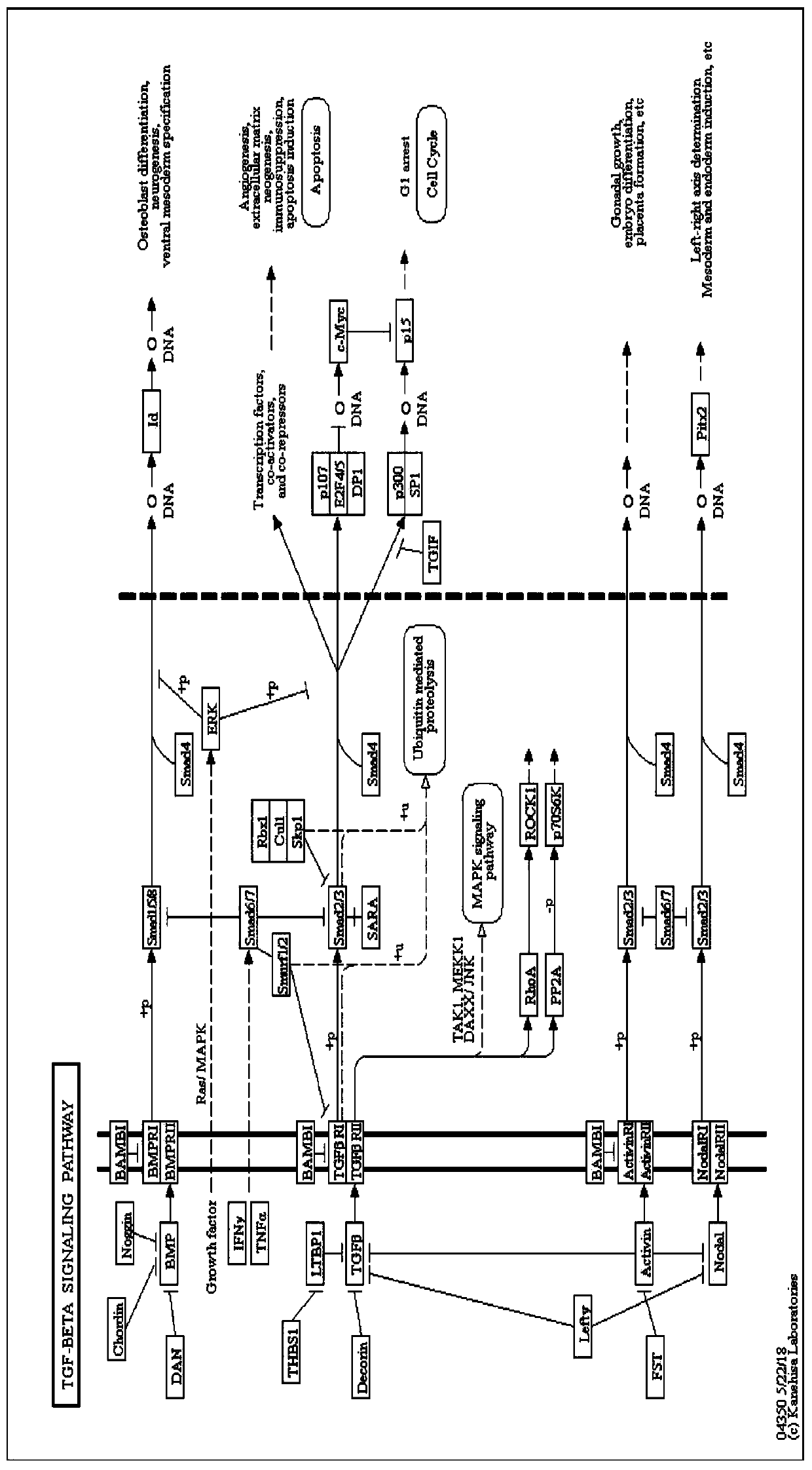Hair growing method for reconstructing hair follicles by using stem cells and applications thereof
A technology of stem cells and hair follicle stem cells, applied in the field of hair growth technology and stem cells, can solve the problems of impossible survival of hair follicles, failure to rebuild the physiological conditions of hair follicle stem cells, etc., and achieve the effect of solving the problem of hair loss
- Summary
- Abstract
- Description
- Claims
- Application Information
AI Technical Summary
Problems solved by technology
Method used
Image
Examples
Embodiment 1
[0036] Patient No. 1 with hair loss is male, aged 36, and weighs 79kg. Collect photos of the patient's hair for comparison before and after treatment, see image 3 ; Ultrasonic detection of the skin and dermis of the patient's head is used for comparison before and after treatment, see Figure 4; 5g of fresh stool samples from patients with hair loss were collected, and the next-generation sequencing method was used for high-throughput sequencing detection of intestinal flora 16sRNA. The intestinal flora detection method refers to (Hu Haibing et al., 2016), and the results are shown in Table 1. At the same time, 30 mL of peripheral blood was collected from the patient, and the biochemical indicators were tested. The test results are shown in Table 2. Genetic testing was carried out on the alopecia. Quantitative PCR primers are shown in Table 3, and the test results are shown in Table 4. According to a variety of test results, use the big data cloud of life to conduct a compr...
Embodiment 2
[0061] One patient with male hair loss, aged 45 years, weighing 81kg. Collect photos of the patient's hair for comparison before and after treatment, see Image 6 ; Ultrasonic detection of the skin and dermis of the patient's head is used for comparison before and after treatment, see Figure 7 5g was collected from fresh stool samples of alopecia patients, and the intestinal flora 16s RNA high-throughput sequencing was detected by next-generation sequencing method. The intestinal flora detection method refers to (Hu Haibing et al., 2016), and the results are shown in Table 5. At the same time, 30 mL of peripheral blood was collected from the patient for biochemical index detection. The test results are shown in Table 6. Carry out gene detection to alopecia person, quantitative PCR primer is shown in Table 7, and test result is shown in Table 8. According to a variety of test results, use the big data cloud of life to conduct a comprehensive analysis of the body's hormone le...
Embodiment 3
[0086] Patient No. 3 with hair loss, aged 39 years, weighing 128kg. Collect photos of the patient's hair for comparison before and after treatment, see Figure 9 ; Ultrasonic detection of the skin and dermis of the patient's head is used for comparison before and after treatment, see Figure 10 ; Collect 5g of fresh stool samples from alopecia patients, and use the next generation sequencing method to perform high-throughput sequencing detection of intestinal flora 16s RNA. The intestinal flora detection method refers to (Hu Haibing et al., 2016), and the results are shown in Table 9. At the same time, 30 mL of peripheral blood was collected from the patient, and the biochemical indicators were tested. The test results are shown in Table 10. Carry out gene detection to alopecia person, quantitative PCR primer is shown in Table 11, and test result is shown in Table 12. According to a variety of test results, use the big data cloud of life to conduct a comprehensive analysis o...
PUM
| Property | Measurement | Unit |
|---|---|---|
| Extend | aaaaa | aaaaa |
Abstract
Description
Claims
Application Information
 Login to View More
Login to View More - R&D
- Intellectual Property
- Life Sciences
- Materials
- Tech Scout
- Unparalleled Data Quality
- Higher Quality Content
- 60% Fewer Hallucinations
Browse by: Latest US Patents, China's latest patents, Technical Efficacy Thesaurus, Application Domain, Technology Topic, Popular Technical Reports.
© 2025 PatSnap. All rights reserved.Legal|Privacy policy|Modern Slavery Act Transparency Statement|Sitemap|About US| Contact US: help@patsnap.com



